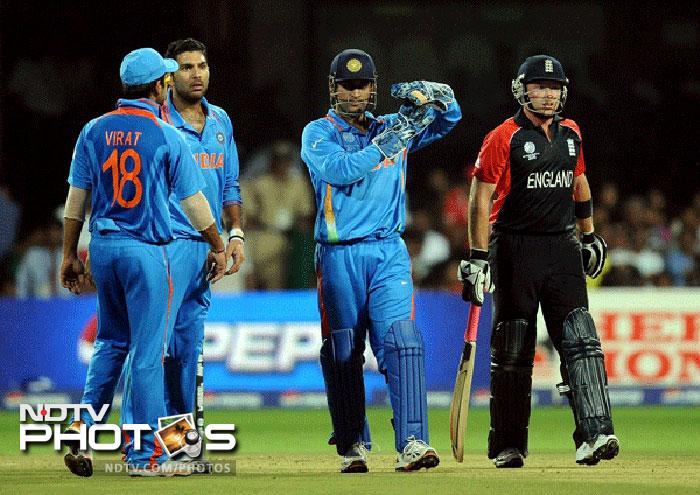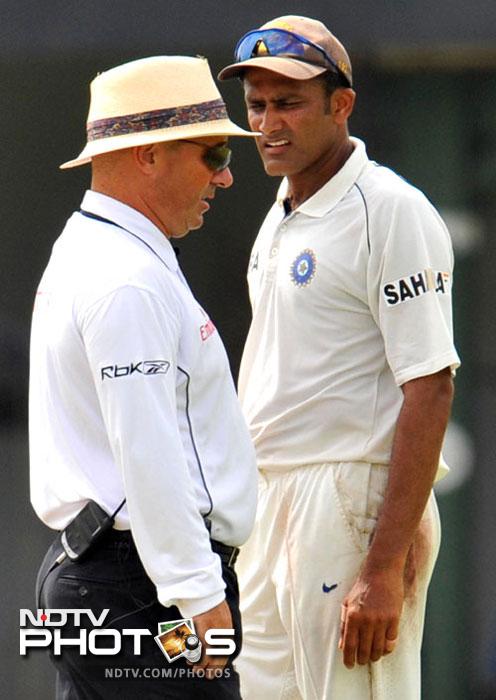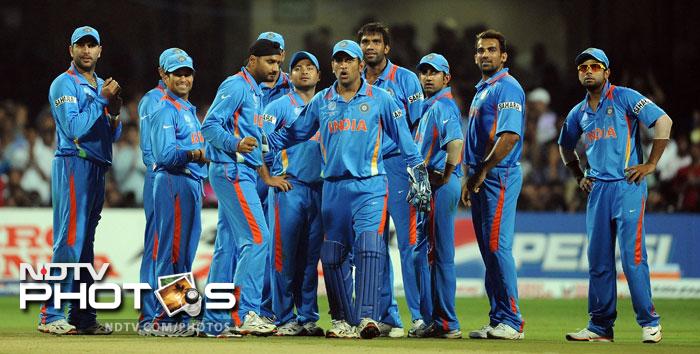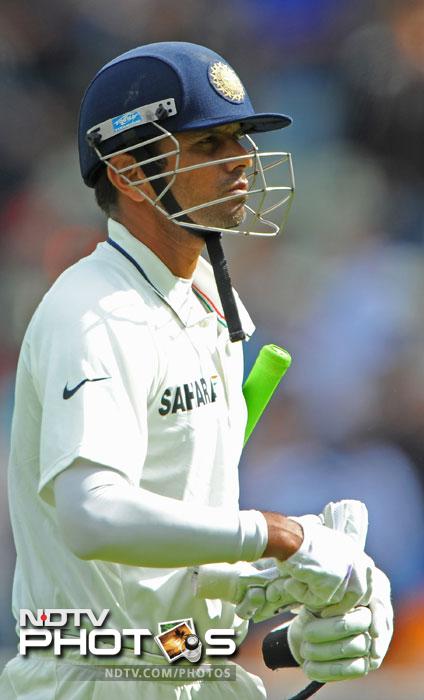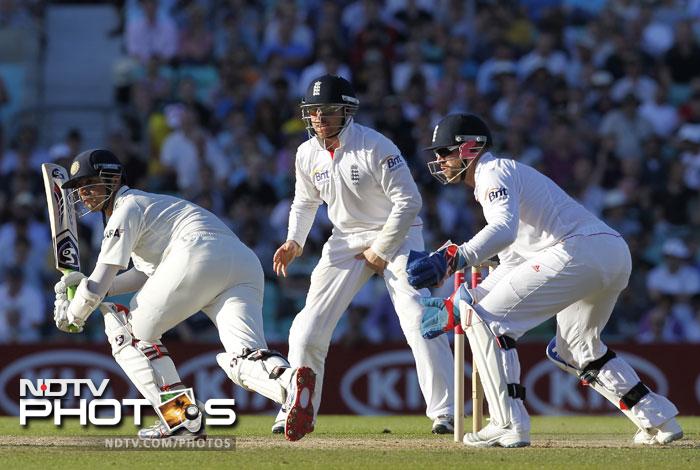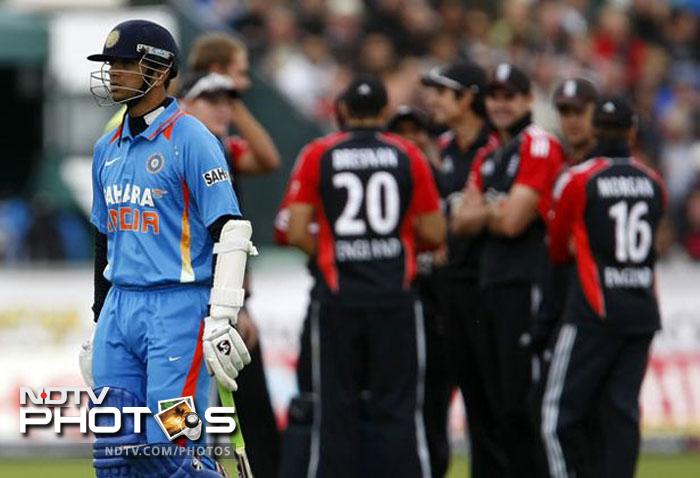Why Team India dislikes Decision Review System
The International Cricket Council gave in to the BCCI and reverted to its previous stand on the Decision Review System, which means it is no longer mandatory. While it had the backing of many international cricketers and boards, the BCCI and the Indian players' dislike for it was no secret. And that's because Indian players have been on the receiving end on more than one occasion. Take a look.
-
The International Cricket Council gave in to the BCCI and reverted to its previous stand on the Decision Review System, which means it is no longer mandatory. While it had the backing of many international cricketers and boards, the BCCI and the Indian players' dislike for it was no secret. And that's because Indian players have been on the receiving end on more than one occasion.
-
Indian spinner Yuvraj Singh struck England batsman Ian Bell on the pads. As soon as the on-field umpire gave him not out, Indian skipper MS Dhoni referred the decision to the TV umpire. Replays showed that the ball would have gone on to hit the stumps. However, the original decision was not reversed, apparently because Bell was quite far down the track. The match marked the debut of the controversial umpire referral system in the World Cup. Dhoni was annoyed by the system and said that it is an adulteration of human decision and technology, to which the ICC replied that the players should know the technology before passing judgement on it.
-
During the recent tour of England, India batsman Rahul Dravid had fallen prey to the follies of the DRS not once but thrice. In the third Test, Dravid was given caught-behind off James Anderson in the second innings even though his bat had hit his shoelace, and not the ball.
-
It happened during the first ODI against England at Chester-le-Street. England paceman Stuart Broad appealed for a catch behind the wicket off his own bowling in the 18th over, but umpire Billy Doctrove ruled not out. Broad opted for a review. Third umpire Marais Erasmus took the help of Hot Spot. Despite several replays, the edge off Dravid's bat could not be established. However, snickometer, which is not part of the UDRS, later suggested that there was some contact between the ball and the bat, as there was a definite sound. Fans and players assumed the not-out decision by Doctrove would stand. But, much to the visible shock of the fans and the batsman, Erasmus ruled Dravid out.

